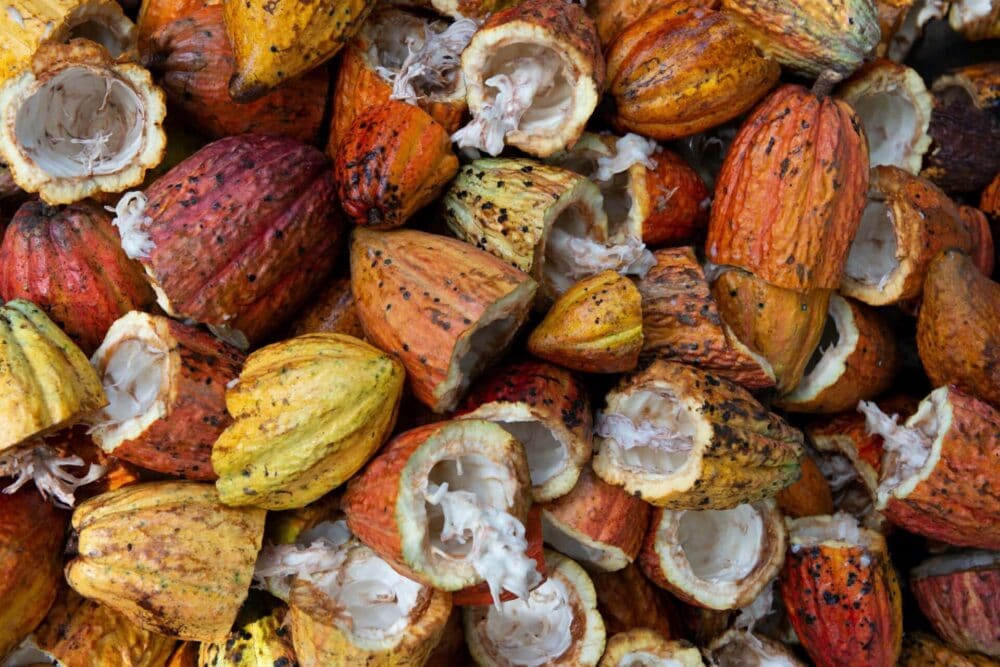Price Management in the Cocoa Sector: Insights to Understand and Discuss Pricing Mechanisms

Price volatility is a common challenge facing smallholder farmers in tropical commodities. Recent developments of a 40% drop in the price of cocoa in West Africa have highlighted how price volatility can undermine the investments in productivity, quality and sustainability for farmers and creates a barrier to reach a living income. In research for GIZ and ISEAL Alliance, AidEnvironment and Sustainable Food Lab provided an overview of existing pricing mechanisms in the cocoa sector to inform a productive discussion on price management.
Price volatility can undermine the investments and measures taken by governments, companies, and civil society to promote price stability and increase value capture among cocoa farmers, particularly in Ghana and Ivory Coast.
AidEnvironment carried out desk research and conducted interviews with stakeholders operating in Ghana and Ivory Coast to evaluate the existing pricing mechanisms used in the cocoa sector. They gained key insights on potential benefits of certain mechanisms and made recommendations on when and how to engage in a discussion on price management and what role different actors could play.
This research looked at pricing mechanisms that are used at the sector, supply chain, and producer-levels. In Ghana and Ivory Coast, the governments have introduced different mechanisms at the sector-level such as fixed farm-gate prices and stabilization funds. Supply chain models, like those used by Tony’s Chocolonely, Theo’s, Taza, and Ritter Sport, vary from topping up market prices with premiums to decoupling from market prices altogether. Some of these companies offer complementary, favorable trading terms such as pre-finance, quick payments, long-term supply deals and hedging opportunities. Supply chain models can also be developed on a pre-competitive basis, which is observed in Fairtrade’s pricing model comprised of a Minimum Price and a Fixed Premium. Despite little experience in the cocoa sector, producers could apply crop insurance, strategic stock management, and hedging as mechanisms to manage market volatility.
The paper concludes by identifying key success factors for price management, including the viability of prevailing production systems, the organization level of producers around markets and professional service delivery as well as the political, technical and financial capabilities to manage the mechanisms. Moreover, the initial choice for a certain mechanism depends on the nature of the problem, its scale and the production and market context.
To be sure, recent high volatility, extended periods of extreme low prices and delays in supply response dramatically increase the urgency to introduce price as well as supply management contributing to increased incomes for cocoa farmers.
This research was supported by GIZ and ISEAL Alliance and presented at the Living Income Community of Practice event in Berlin in December 2017.
Be sure to follow and participate in the Living Income Community of Practice hosted by GIZ, ISEAL Alliance, and Sustainable Food Lab: https://www.living-income.com
